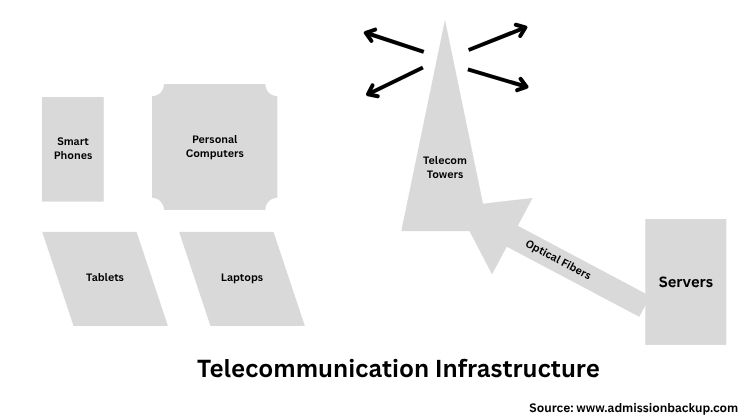For seamless distribution of content through websites and web applications, data centers are built across all geographical regions.
Web content includes text, audio, and video files in various formats.
Data centers can be built on-premise or use shared services such as cloud computing.
On-premise data centers are costly, as companies have to bear the expense of servers, networks, and electricity required to maintain optimal temperatures in server rooms.
Cloud computing is cost-effective, as it provides shared services.
Services can be availed based on user requirements.
Cloud computing also provides additional protection against data loss due to faulty or corrupt disks, as data is stored across multiple servers spread over various geographical regions.
Content Delivery Networks (CDNs) are used to deliver services to client devices (smartphones, tablets, personal computers, and laptops) from the nearest servers to reduce latency.

Cloud computing offers various services such as web hosting, database management, machine learning, artificial intelligence, cloud telephony, cybersecurity, web design, and development.
Data centers can hold petabytes of user data stored in servers.
Managing on-premise data centers is not an easy task, as it requires regular software updates.
In addition, cybersecurity professionals are employed to keep the network secure from hacking attempts.
Cloud computing is an essential service to support modern IT infrastructure.
It gives software developers all the required tools and technology to build next-generation IT services.
Due to multiple benefits, software development companies choose cloud computing services to reduce infrastructure costs and enhance efficiency.
Interested students can pursue a B.E./B.Tech in Computer Science Engineering or Information Science Engineering to learn about cloud computing.
This course covers software design and development, programming languages, database design, and more.
For career consultation, please contact our helpline at +91 8546881677.





